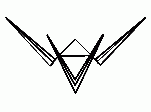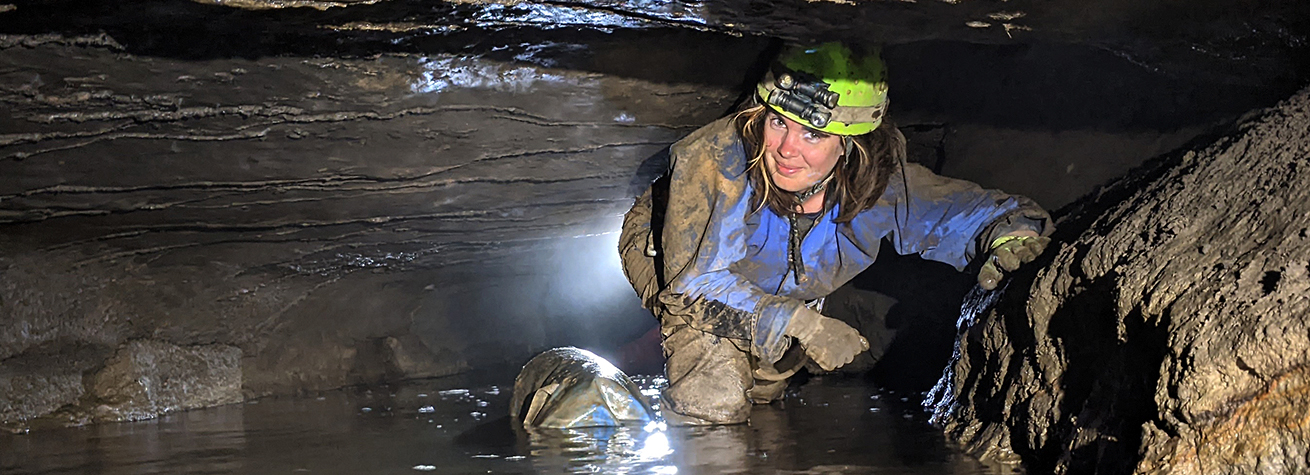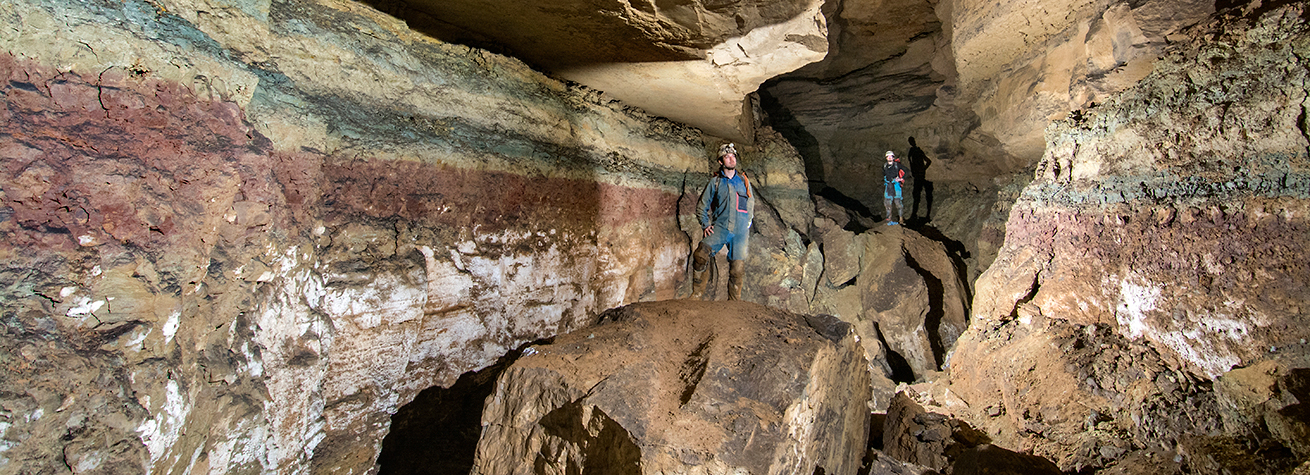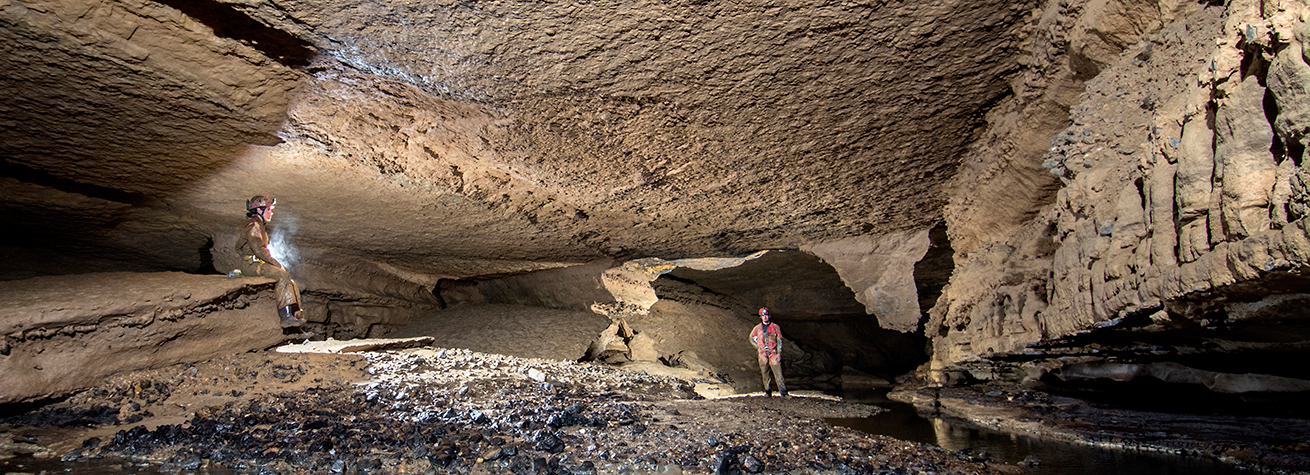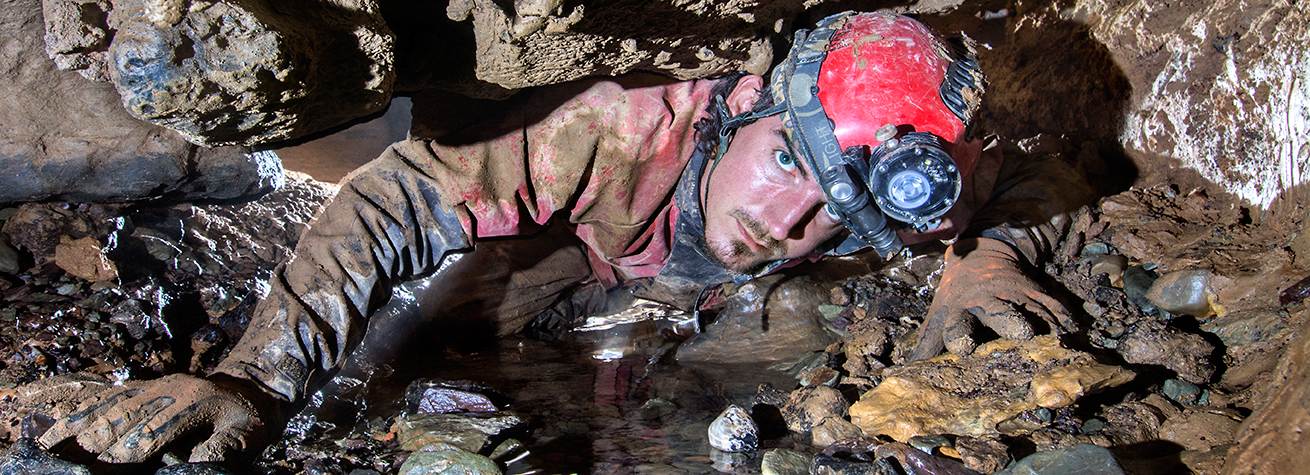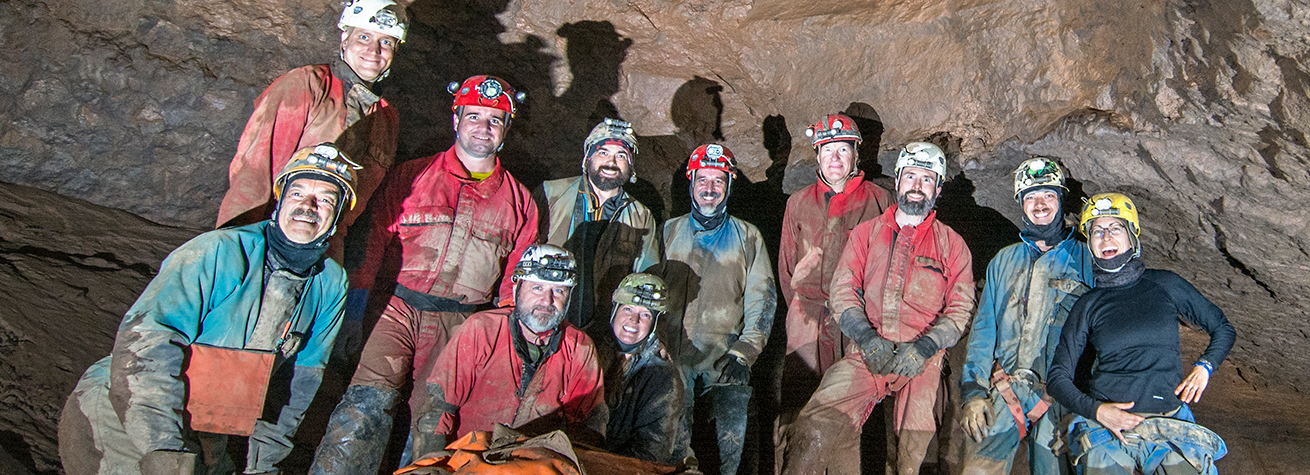Our Mission
To explore, survey, and study caves and karst in southeastern West Virginia and to assist karst researchers of all interests.
General Information
-
-
- West Virginia Association for Cave Studies (WVACS) members have contributed to the mapping of over 350 miles of cave passages in West Virginia. WVACS has teamed up with the West Virginia Speleological Survey (WVASS) to publish comprehensive bulletins and monographs covering the caves and karst of our focus on the counties of Greenbrier, Monroe, and Pocahontas. The most recent WVASS publication is Bulletin 27 — The Saltpeter Caves of West Virginia in March 2021.
-
Welcome
-
-
- WVACS welcomes cavers from all corners of the world. A current member serves as a sponsor when staying at the facilities during Project Weekends, which are the second full weekend of each month, or “off weekends.” If someone decides that he or she would like to join, simply ask a current member to sponsor them as a new member. Learn more about becoming a member here.
-
Cave Science
-
-
-
- As an institution, the West Virginia Association for Cave Studies actively promotes research. The facilities are available to scientists, including graduate students who have lived at the Fieldstation for months at a time, while conducting research. Students can apply for grants too. We encourage and support the collection of important speleological information as well as its dissemination through publications and newsletters. Download the Research Grant Application here.
-
-
Our History
-
-
- WVACS was founded by cavers in the 1960s from Charleston, W. Va. who wanted to explore and study the Great Savannah caves of Greenbrier and Monroe counties. The caves explored had large and virgin passages were abundant to survey. Among the largest of these were The Hole, Culverson, McClung, Benedict, Ludington, Maxwelton, and Organ caves. Read more here.
-
